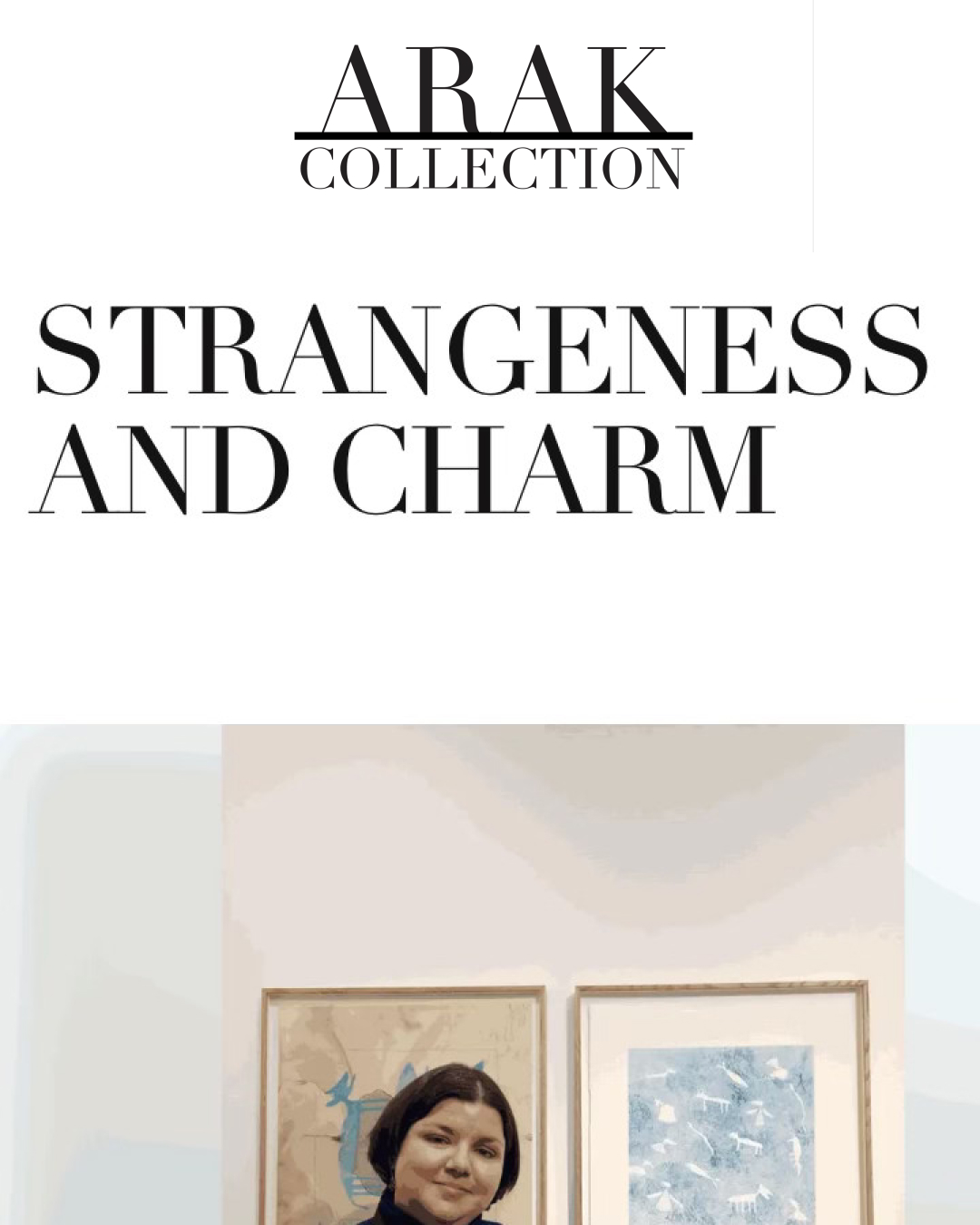"Here it is all a question of not you and me, or him and her, but of human fate and death, of the immensity of the past, of the strangeness which surrounds us on every side." - Sir Thomas Browne in Hydriotaphia: Urn-Burial (1658)
Vela Projects is proud to present Urn Burial, Dominic Pretorius’ first solo exhibition with the gallery, consisting of nineteen ceramics urns. The exhibition takes its title from Hydriotaphia: Urn-Burial, an essay written in 1658 by the esoteric English author Sir Thomas Browne, inspired by the discovery of several dozen ancient burial urns in Norfolk.
After considering the urns in an archaeological fashion, Browne is confronted by the smallness of human history within the immeasurable bounds of time: “Generations pass while some trees stand, and old families last not three oaks.” Thereafter, his essay becomes a swirling meditation on the inscrutable meaning of life—given that “the iniquity of oblivion blindly scattereth her poppy, and deals with the memory of men without distinction to merit of perpetuity”—and the mystery of the afterlife.
Pretorius first encountered this seventeenth-century text during research for his debut exhibition, A Room Full of Urns. For this, the artist presented twenty-eight variously-sized lidded urns in a minimalist style as a meditation on individuals’ personal grief. Urn Burial explores themes of grief as well, but its inquiry goes far beyond the personal. Like Browne, Pretorius sees the urn as an occasion to confront oblivion, that is, all that lies beyond the known and knowable. Moreover, Urn Burial contains figurative elements – a major departure from his debut show – which erupt from the cylindrical forms thrown on the wheel.
Pretorius’ exhibition elicits the alienation we feel when faced with deep history. The white clay figures are rendered in a pseudo-pagan style that recalls ancient artefacts as far-flung as Neolithic masks and Cycladic statuettes. Meanwhile, the stark metallic glaze references a more contemporary aesthetic. In terms of installation, the urns are buried in, or emerging from, an undulating landscape. It may appear to one as an earthly archaeological site uncovering a necropolis. The gravel, however, is a pure black, highlighted in turn by glossy and matte sheens—it suggests something extraterrestrial, or even an unseeable terrain. “I produce urns that are difficult to locate to a specific time and place. I want the viewer to ask: Are these vessels ruins or prophecies? Do they belong to a human culture or a mythology?”
“I am interested in human stories reduced to matters of life and death,” Pretorius says, “when there is a sense of us hurtling through the chaos of time.” This lack of stable meaning is emphasised when considering the identity and expressions of the figures. In some senses, these figures are all the same: they share gaping mouths, hollow eye sockets, and geometric brows. And yet they are all idiosyncratic in their expressions. Some seem thrilled to see what’s become of the world. Some seem frightened and long to be interred once again.
According to Pretorius, voice is a constant theme in his work. “When someone dies, their death is marked by a loss of breath, a loss of voice,” he says. “I’m making work as an attempt to listen to the voices of those who are absent.” A simple way to do this is to borrow lines from Browne’s text to title the works. On a more material level, the artist notes that, in ceramics, the part of the pot where the lid rests is called the lip. “The eruptions,” as he says, “are speaking out of their lips.” Conversely, the lidded pieces are called The Silent Ones, and they acknowledge the innumerable un-remembered who cannot speak.
Further on the eruptions, their distinctly volcanic design points to the tenuous mantle on which the earth’s crust rests. It is a liquid and impermanent state, supporting the weight of life on the surface. The artist references this “non-dualistic primordial energy” that simultaneously destroys and generates the earth and all life on it. “Just as a volcano ruptures the surface of the earth, I make work about what happens when the past ruptures the surface of the present.”
The resulting works are mementos mori, and they make us ask the same questions we have asked for centuries: “What happens to us when we die? How will we be remembered? Will we ever come back, and how, and why?”
These questions resound when mass death and genocide from Palestine to Congo, Sudan to Ukraine, challenge abstractions of death with daily headlines. In this context, there is, for Pretorius, an ethics to ceramics, and a sensitivity it asks of its maker, that orients us towards practices of care and remembrance in ways that are not dissimilar to a funeral rite.
Like Theaster Gates and Edmund de Waal—two ceramicists who serve as major inspirations—Pretorius recognises that clay has a unique ability to contain and memorialise people. These nineteen ceramic urns are but subplots in the centuries-old human tradition of ceramic urn- making, a tradition that appreciates the stories we carry inside us and, in turn, the stories that carry us. Pretorius notes that, “while the work may make one feel small in the face of time and the passage of generations, it can also make us value human life. It is precious. The smallness is precious. The hope is humble.”













.jpg)


.jpg)

.jpg)
.jpg)
.jpg)
.jpg)
.jpg)
.jpg)
.jpg)
.jpg)


